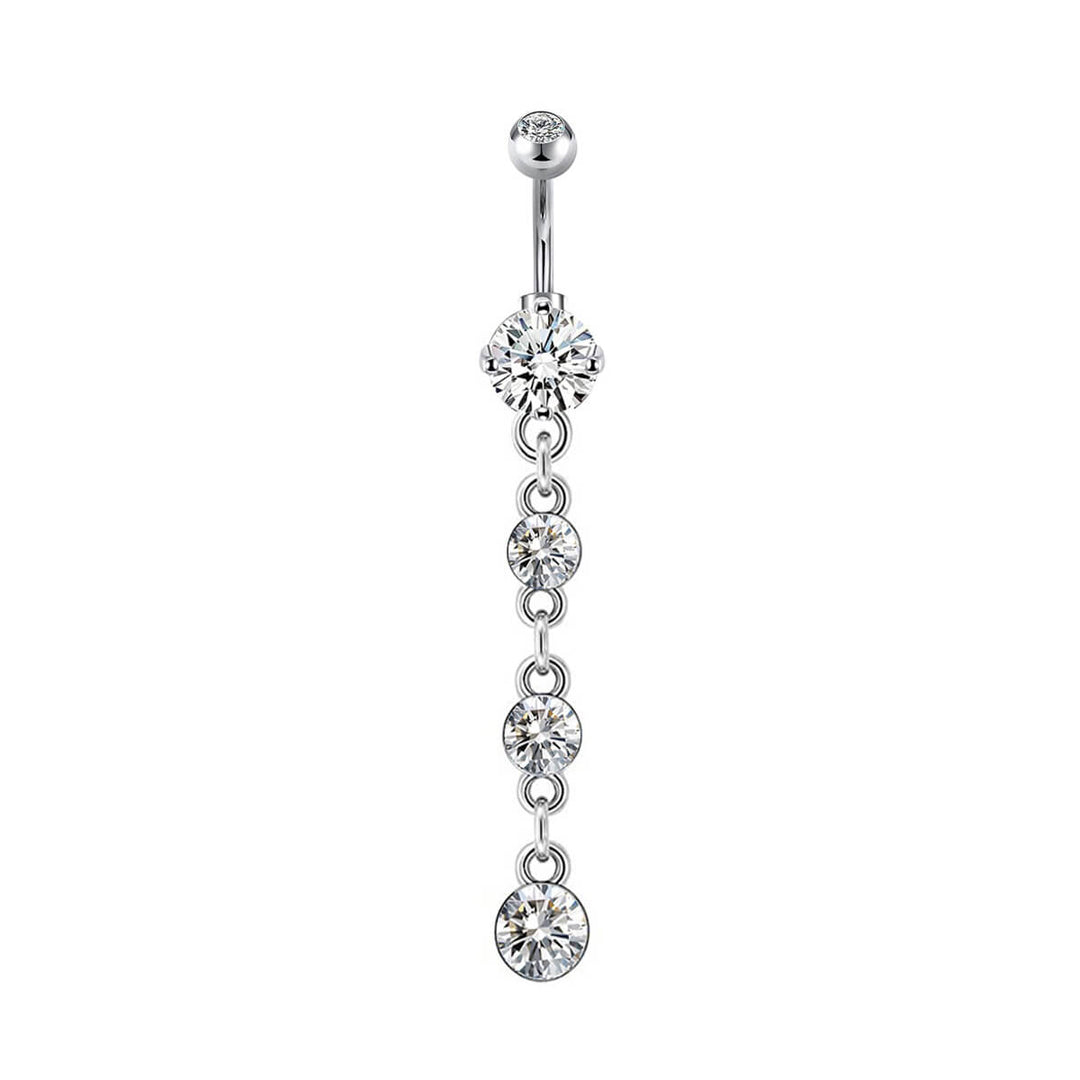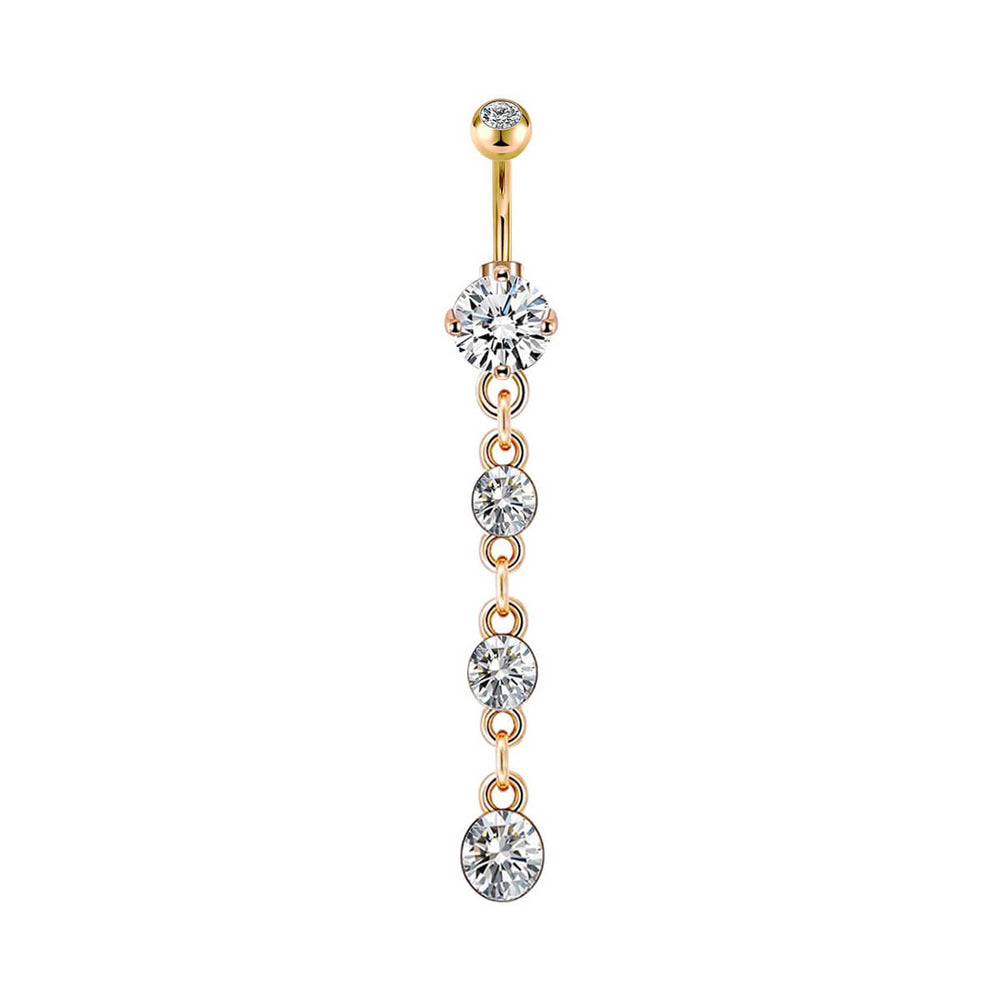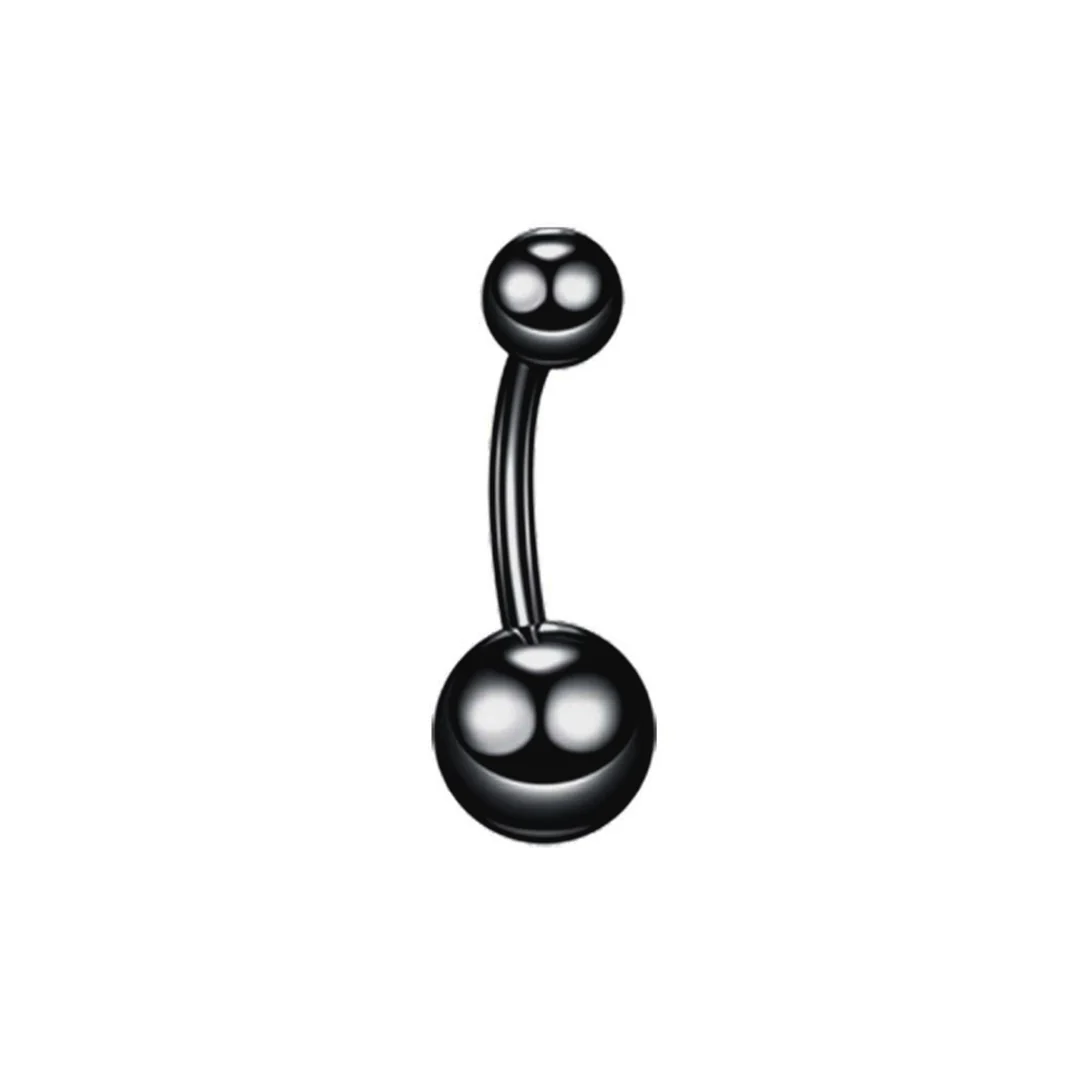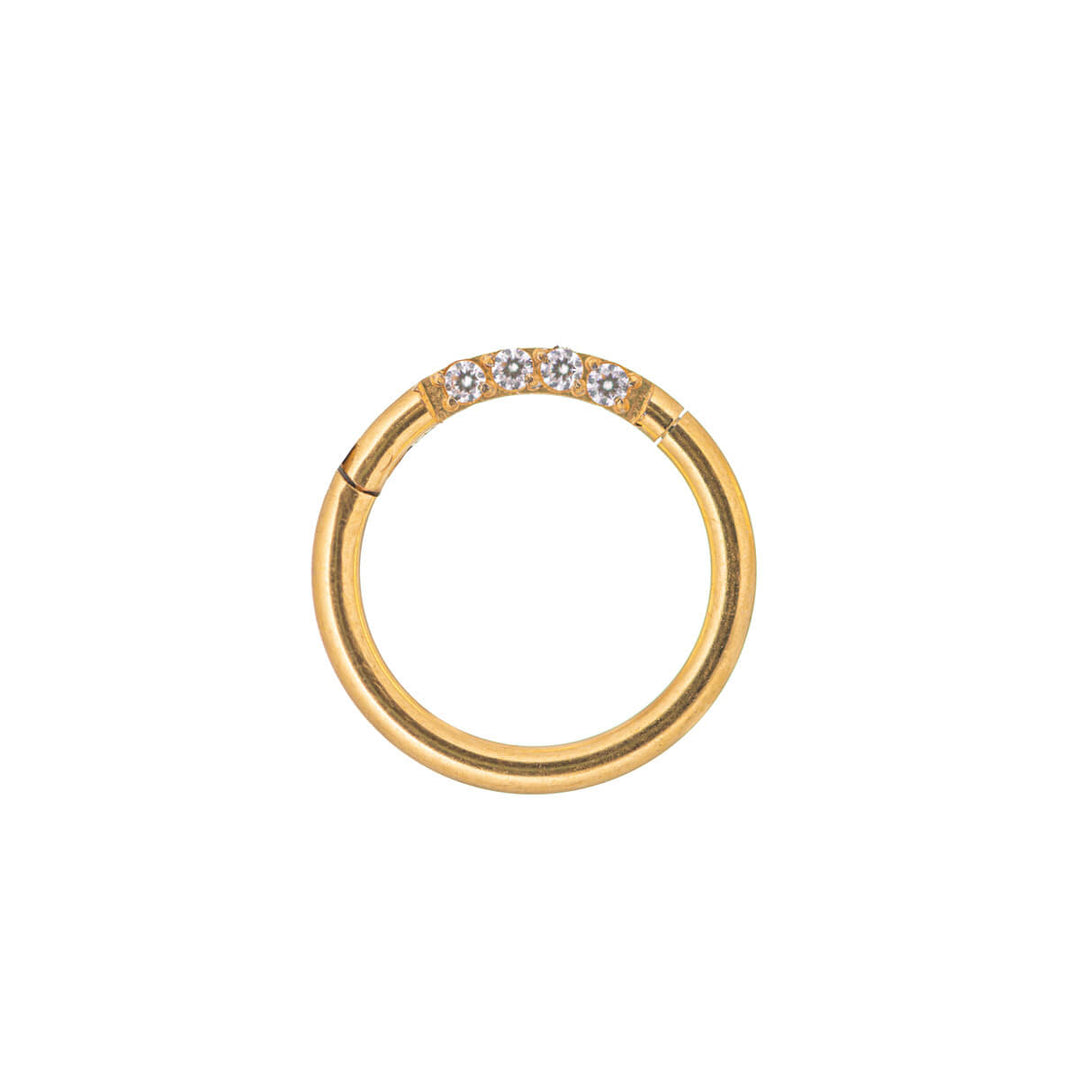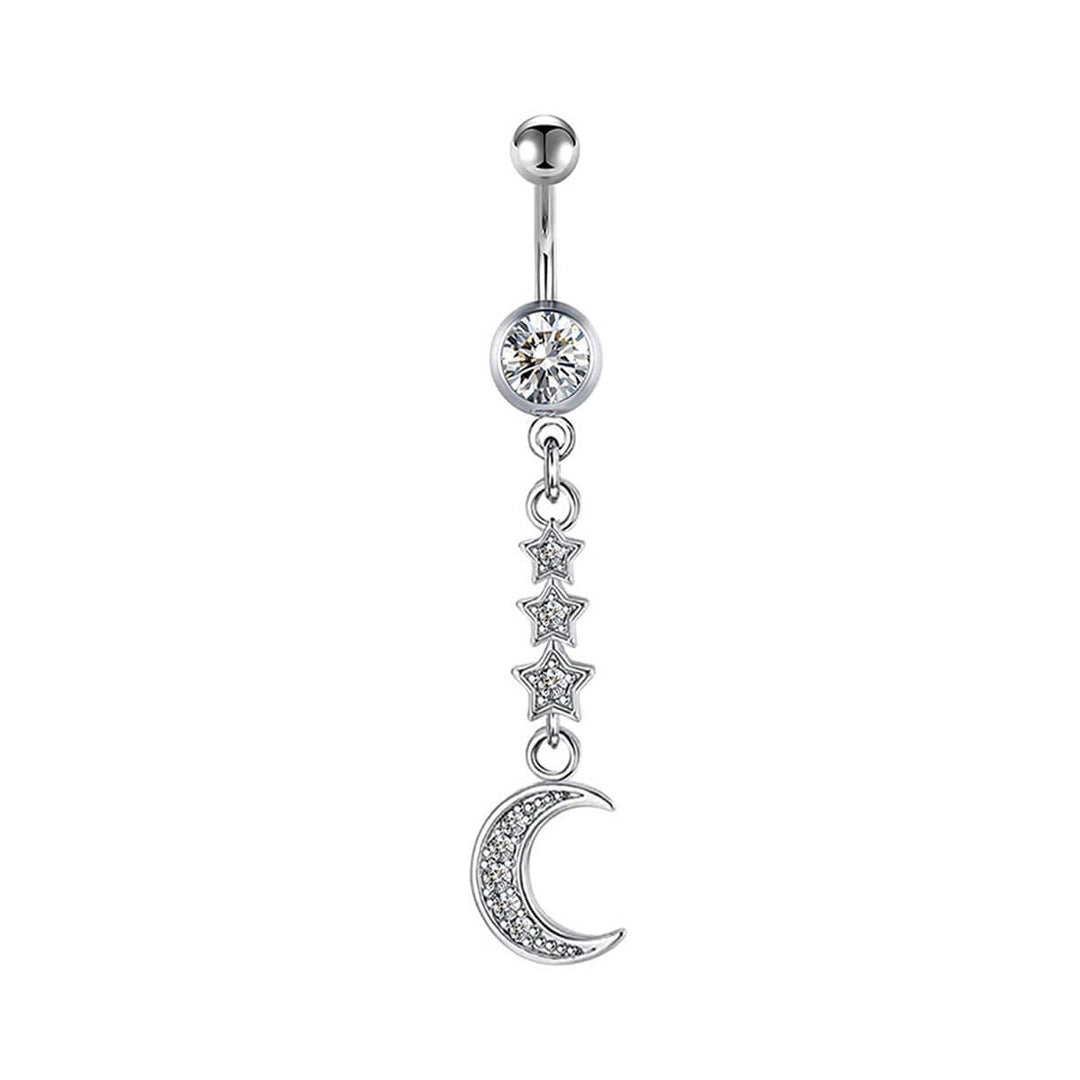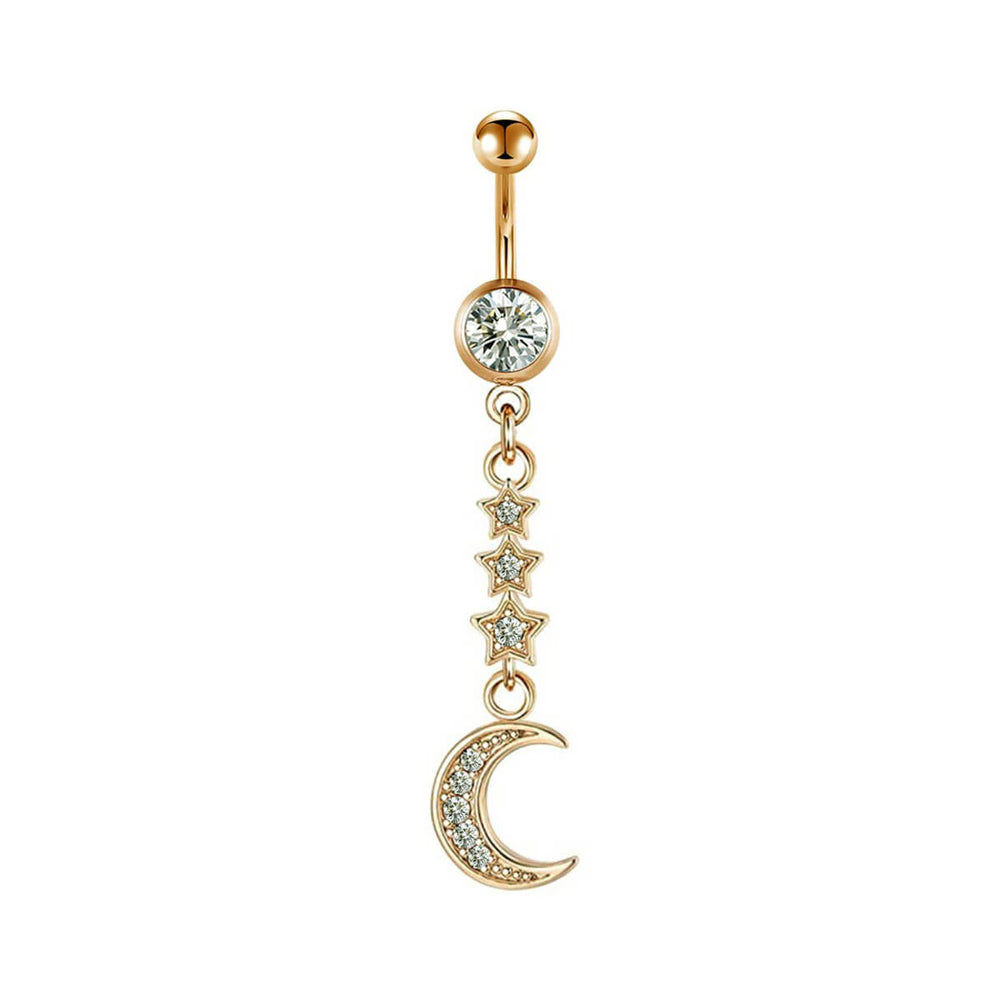The pole piercing is the best known of the body piercing. The pole jewelry offers the largest selection of different decorative options, ranging from one -to -one spherical arc to decorative hub jewelry. There are also many materials and colors.
Nipple piercing is the second most common body piercing. There are straight pins and more decorative options for the nipples.
Safety
Especially for the use of hanging hub jewelry, remember the height of the pants. Hanging buy easily get stuck in clothes and come off. The detachment of the decoration is the safety feature of the pole jewelry so that the jewelry does not cling to the skin when it is broken.
Jewelry material
The material that pierces the pole jewelry is steel (316L), titanium (G23) or bioplastic plastic. The decorative parts are nickel -free jewelry metallic mix. As a result, decorative hub jewelry is not recommended to be used in the shower or swimming to prevent their surface and color change. Zirconia is mainly used as stones in the pole jewelry.
Umbilical piercings
The history of belly button jewellery dates back thousands of years to antiquity and has been part of the dress culture and traditions of many cultures. In Indian culture, for example, belly button jewellery has been part of women's dress for centuries. They have also been popular as fashion jewellery, especially in the West, and have become particularly popular among young people in recent decades.
The fashionability of belly button jewellery changes over time and with trends. Today, button earrings remain popular in many cultures around the world and are often used by young people to express personal style and expression. Button earrings are available in a variety of shapes, colours and materials and can be worn as part of a versatile outfit.
The most common types of piercings are:
- Belly button piercing
- Reverse navel piercing
- True navel

Care instructions for piercing jewellery
Piercing jewellery should be cared for regularly and carefully to keep it clean and in good condition. Here are some recommendations for the care of piercing jewellery:
- Wash your hands before touching piercing jewellery. Never touch piercing jewellery with dirty hands, as they can harbour bacteria and dirt.
- Clean piercing jewellery regularly. For example, you can clean piercing jewellery with mild soapy water and wipe it dry with a towel. However, avoid using sharp objects or harsh cleaning agents, as these can damage the jewellery.
- Use gentle cleaning products for piercing jewellery.
- We recommend changing piercing jewellery after a shower or sauna when the skin is soft and clean.
- Replace piercing cups if necessary. If your piercing earring is damaged or starts to look old and worn, it is best to replace it with a new one. This will help prevent infections and keep your piercing healthy and thriving.
- Take note of the location of your piercing. For some piercings, such as the nose, it is particularly important to clean the jewellery regularly as it is more prone to contaminants and bacteria.
Remember that if you feel uncomfortable with your piercing jewellery under any circumstances, stop wearing it immediately and discuss it with your doctor. They will be able to give you more information on how to care for your piercing and help you keep your piercing healthy and comfortable.
Surgical steel is the most common material for piercing jewellery and a very popular material for other jewellery that comes into contact with the skin.
There are different types of steel alloys, but 316L steel is the highest quality choice for jewellery applications. The alloy is commonly known as surgical steel. Surgical steel is a very strong and acid-resistant material that will not darken or wear in use. Surgical steel is three times harder than silver, which is a significant advantage for thin and small jewellery.
Contrary to popular belief, stainless steel alloys contain nickel, but due to the chromium and molybdenum contained in 316L, it almost never causes allergic reactions. 316L steel meets the 0,5µg/㎡/week.
Our range of surgical steel is available in black plated or gold plated and rose gold plated. The strong gold plating on surgical steel lasts well with use, but will fade over the years depending on the use of the jewellery and the skin's own PH.
Titanium is a very strong and durable element. It is almost half the weight of steel. Its properties also make it considerably more expensive than steel.
G23 titanium is an alloy widely used in a variety of jewellery products, such as piercing jewellery. G23 titanium is a popular choice for jewellery because it is lightweight, durable and corrosion resistant. It is also hypoallergenic, making it a suitable option for people with sensitive skin or allergies. G23 titanium is also easy to clean and maintain. It is also generally cheaper than gold or platinum, making it a more economical option for jewellery.
Titanium is a commonly used material in primary jewellery because it is biocompatible, meaning it does not cause reactions with the skin, making it a safe choice for primary jewellery. G23 titanium complies with the 0,2 % limit set by the EU Reach Regulation for primary piercing.µg/㎡/week.













